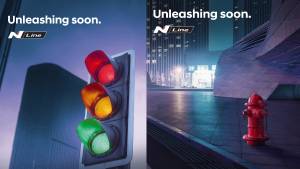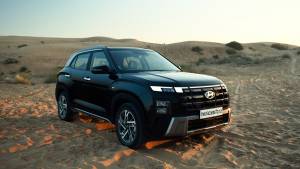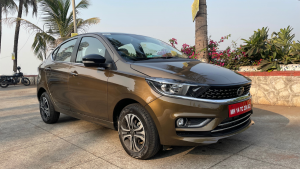Segment straddlers: A success formula?
With an intention to increase their market reach in India, auto manufacturers have adopted a different product placement strategy. Instead of offering multiple products for different segments, carmakers now have a single product that competes in multiple segments. This is being done not just to rake in more numbers but also to attract customers from the lower as well as the higher segments. People can buy a lower-priced car or the base variant positioned in a higher segment or a higher positioned car or the top-end variant at a lower price point, depending on their requirements. In both the cases, the customer stands to gain with a value for money deal. As for the manufacturers, it gets to straddle in different segments. But has it been successful so far? Let's take a look at some of the popular examples sold in India.
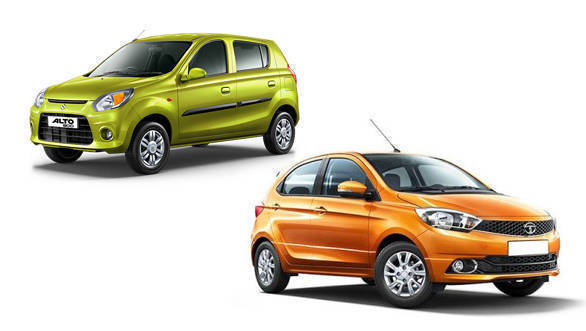
The entry-level hatch Maruti Suzuki Alto 800 is priced between Rs 2.77-3.53 lakh, while the Tata Tiago, positioned in a higher segment, is priced between Rs 3.39-5.84 lakh. The base variant of the latter is Rs 13,000 less than the top-end variant of the Alto 800. In addition, the Tiago is longer by 316mm, wider by 132mm and taller by 60mm. The large dimensions make the Tiago a spacious alternate to the Alto 800. Also, the Tiago comes with a more powerful 1.2-litre petrol engine that makes 85PS and 114Nm, greater than that of Alto 800's 48PS/69Nm.
Similarly, the Maruti Suzuki Wagon R falls in Rs 3.90-5.40 lakh price bracket, whereas slotted in a segment above, the Mahindra KUV100 is priced between Rs 4.68-7.27 lakh. The base variant of the KUV100 is cheaper by Rs 72,000 and offers more space as well as a more powerful engine. Additionally, it gets ABS with EBD as standard which is an optional feature on the Wagon R. The same can also be seen with the base variant of the Hyundai Elite i20, which is cheaper by Rs 1.98 lakh than the Maruti Suzuki Swift.
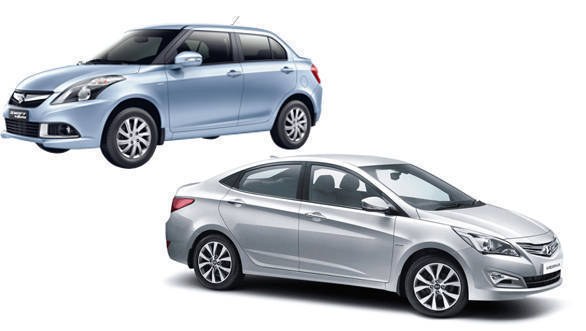
This pattern is visible on sedans as well. The compact sedan Maruti Suzuki Swift DZire is priced between Rs 5.37-8.89 lakh. Compared to that, the Hyundai Verna lies in the price range of Rs 8.24-13.70 lakh. The base variant of the Hyundai Verna is cheaper by Rs 65,000. The Verna is a premium sedan that offers a bigger cabin and comes equipped with a more powerful engine.
Even the positioning of compact SUVs in India is a part of this strategy. The Maruti Suzuki Vitara Brezza is slotted between Rs 7.35-10.14 lakh. The Vitara Brezza measures 3,995mm in length, 1,790mm in width and 1,640mm in height. It has a wheelbase of 2,500mm. The Vitara Brezza is offered with a 1.3-litre diesel motor that makes only 90PS/200Nm. At Rs 54,000 less, one can get the base variant of the Hyundai Creta, which is comparatively more premium and a bigger SUV than the Brezza. Also, Hyundai offers a choice of a bigger 1.6-litre petrol engine which makes 123PS and 151Nm. The base variant of the Creta also gets driver and passenger airbag and ABS with EBD as standard.
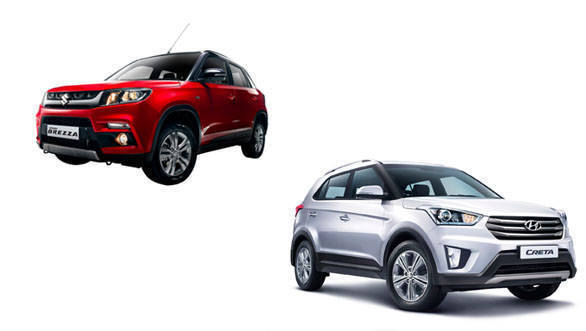
The base variants of higher-positioned vehicles might look more lucrative, but they are not bringing in the numbers. As confirmed to us by Hyundai and Maruti Suzuki dealerships, when it comes to strong sales numbers, the mid- and the top-end variants, especially the latter plays a major role. You might wonder why that is the case and why do manufacturers sell base variants at all. We have already seen how the placement of base variants helps manufacturers straddle different segments. In addition, the entry-level variants act as a carrot to get customers to enter a showroom where they are then upsold. This means, a customer once inside the sales loop is offered a higher variant with various schemes but whose higher sticker price in the manufacturers communication may not have appeared as attractive. So the segment straddling sticker price is very often the pot of gold at the end of a rainbow, neither exist!
Commenting on this trend, Bob Rupani, Consulting Editor, OVERDRIVE, stated, "Until recently customers' buying choices were simple - it all came down to your budget. But now with manufacturers' straddling segments, the dilemma is whether to go in for a top-end model from a lower segment or a low-end version from a higher segment. This is a personal choice the consumer has to make - is the priority features or the vehicle size and engine power output?"
There are two main factors that influence car buying in India. First is the list of features that the car offers. There is a group of customers who gives more weight to features and prefers the top-end variant of any model. On the other hand, there are the other types who don't mind compromising on the features provided they get a functional option that answers all their needs of a larger car with a powerful engine. A simpler way to understand this is to identify your priorities while making a decision aspirations or needs and depending on that you can zero in on your preferred choice.
Starts Rs 9.99 Lakhs
1353cc
Automatic
115
242
-NA-
Starts Rs 5.5 Lakhs
1396cc
Manual
83
220
22.54 Kmpl
Starts Rs 9.31 Lakhs
1493cc
Automatic
115
250
-NA-
Starts Rs 2.94 Lakhs
796cc
Manual
48
69
22.05 Kmpl
Starts Rs 5.73 Lakhs
1197cc
Automatic
89.73
113
23.76 Kmpl
Starts Rs 5.4 Lakhs
1197cc
Automatic
56.69
113
24.43 Kmpl
Starts Rs 4.6 Lakhs
1199cc
Automatic
-NA-
113
-NA-
Related Stories
Top Stories
Latest Videos
Most Popular
- Upcoming Mahindra XUV 3XO: All you need to know
- Budget Sportbike Showdown: Kawasaki Ninja 500 vs Aprilia RS 457 vs Yamaha YZF-R3
- New Suzuki Swift spotted testing
- Nissan Magnite EZ-Shift review - is the AMT any good?
- 2024 Hyundai Creta vs Toyota Urban Cruiser Hyryder vs Skoda Kushaq comparison review - the hype is real?
